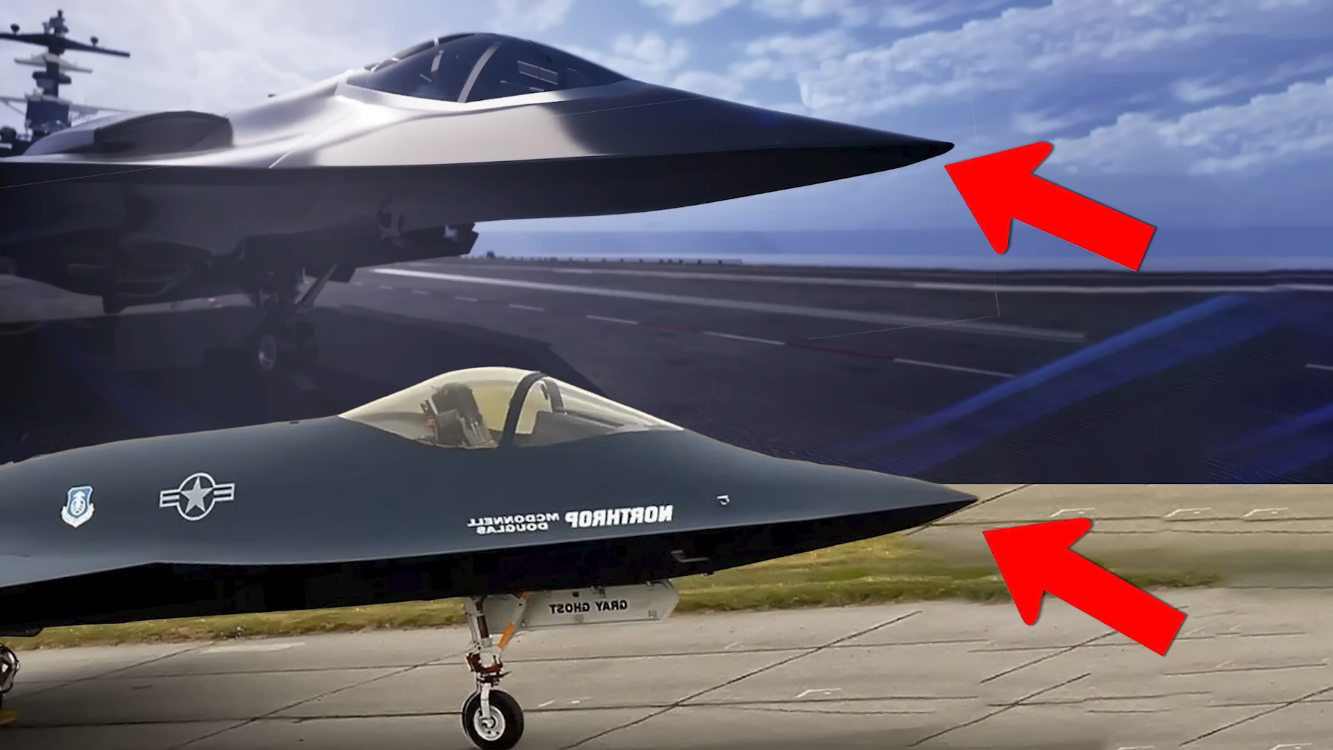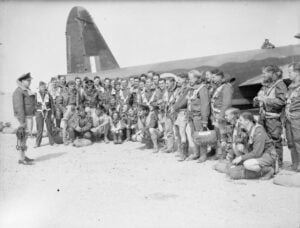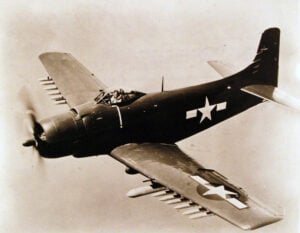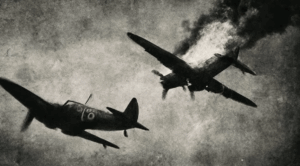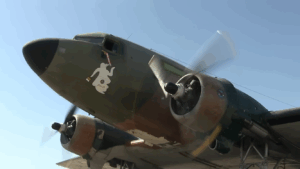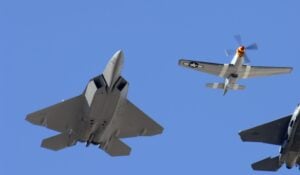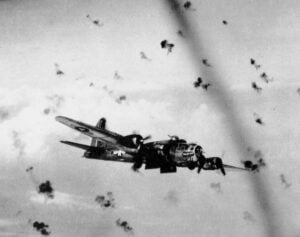Northrop Grumman Reveals First Look at the Navy’s F/A-XX Fighter
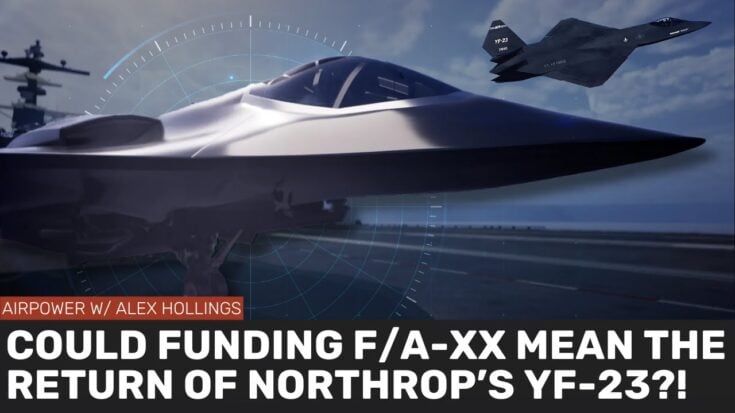
YouTube / Sandboxx
The future of U.S. naval aviation just became a little clearer—and a lot more intriguing. Northrop Grumman has quietly released the first official concept art of its F/A-XX, the next-generation fighter intended to replace the Navy’s aging F/A-18E/F Super Hornets by the 2030s.
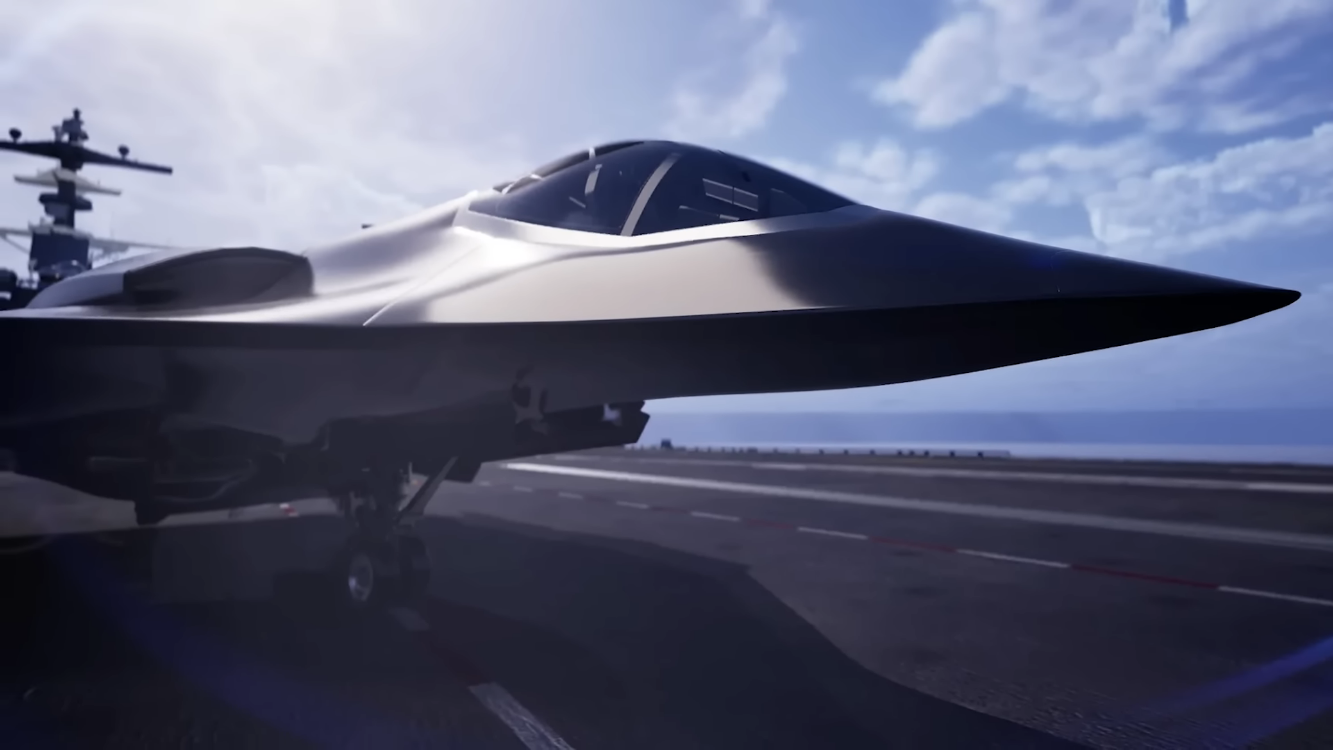
But while the rendering offers a tantalizing glimpse of sixth-generation carrier airpower, the program itself remains mired in uncertainty, caught between Navy ambitions and Pentagon budget battles.
A Stealthy Shape on the Deck
The new artwork, published in the Naval Aviation section of Northrop Grumman’s website, shows a shadowed fighter poised for catapult launch from a carrier. Its sharp nose, blended wing-body design, and pronounced chines all scream stealth. The bubble canopy suggests a single-seat layout, while heavy-duty twin-wheel nose gear confirms it’s built for the punishing demands of carrier operations.
One of the most striking features is a top-mounted intake positioned behind the cockpit—an unusual design choice with stealth advantages, though experts note the depiction may be a placeholder rather than a final configuration. The broad nose could house a large AESA radar, vital for the long-range targeting and situational awareness envisioned for the jet.
Overall, the F/A-XX bears echoes of Northrop’s YF-23, the stealthy “Black Widow” prototype that lost to the F-22 in the early 1990s.
What the Navy Wants
The F/A-XX will serve as the manned “quarterback” of the Navy’s Next Generation Air Dominance (NGAD) family of systems. Beyond replacing the Super Hornet, it is designed for deep-strike missions, greater range, higher speeds, and integration with unmanned platforms.
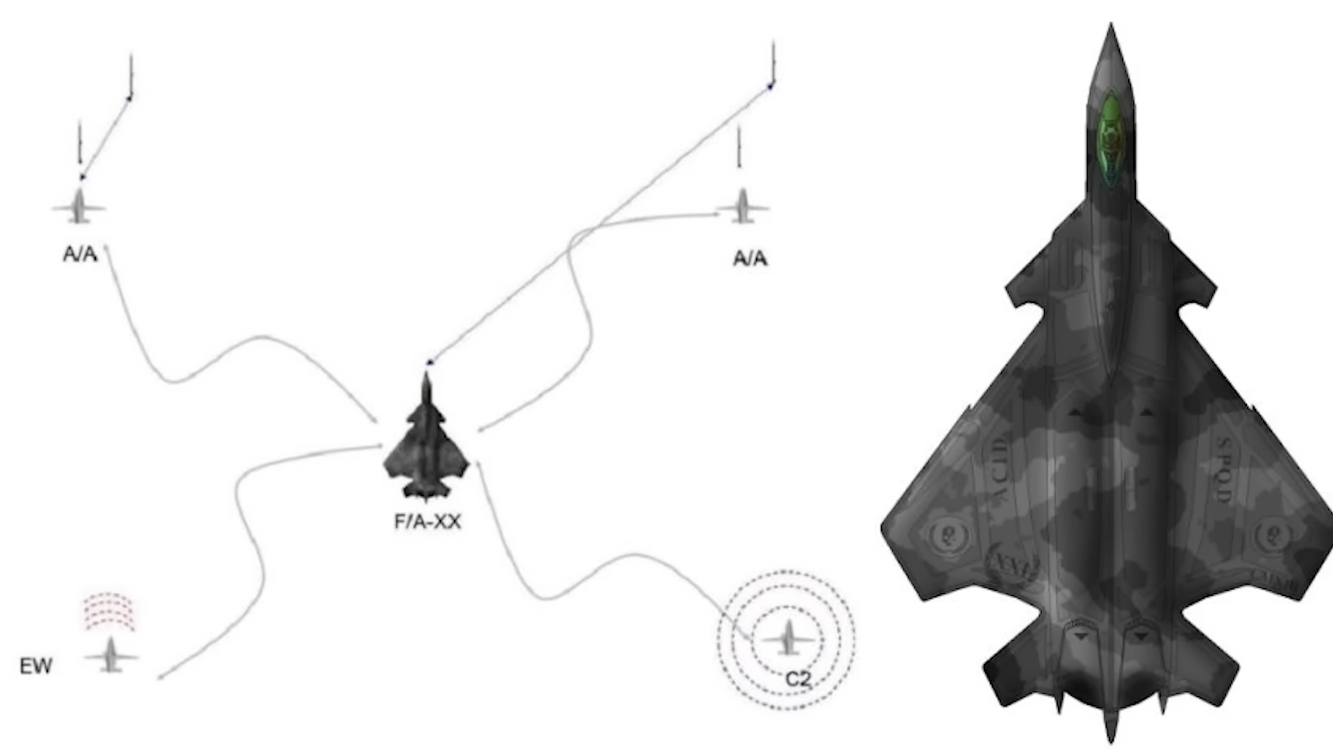
Key features under discussion include:
-
AI-assisted systems for decision-making.
-
Manned-unmanned teaming with drones like the MQ-25 Stingray.
-
25% range improvement over today’s carrier fighters.
-
Advanced sensors and long-range weapons for contested environments, especially the Indo-Pacific.
The Navy argues the F/A-XX is essential to keep carrier strike groups relevant against near-peer threats such as China.
A Program in Jeopardy
Despite its promise, the F/A-XX faces an uphill battle in Washington. While Congress recently approved $1.4 billion in funding for FY2026, the Pentagon and the White House have signaled reluctance, fearing the program could siphon resources from the Air Force’s F-47 NGAD fighter.
Northrop Grumman and Boeing are now the sole contenders after Lockheed Martin’s exit, but even with heavyweight players, the future isn’t guaranteed. Some Pentagon leaders worry the U.S. defense industrial base simply can’t handle two sixth-generation fighter programs at once.
Still, Navy leaders remain adamant. “It is critical that we field this capability as quickly as possible to give our warfighters the edge they need,” Adm. Daryl Caudle told Congress.
The First Glimpse of Tomorrow’s Carrier Fighter
Whether the rendering reflects the true F/A-XX design or an early placeholder, its appearance signals that the Navy’s vision for a sixth-generation fighter is moving closer to reality.
If Northrop’s concept takes flight, it won’t just replace the Super Hornet—it will redefine carrier aviation for the 21st century.













